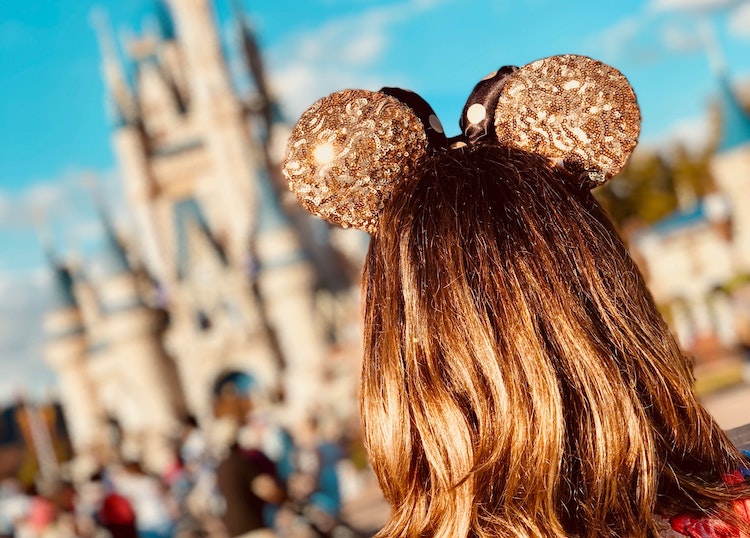
Disney PR: How the House of Mouse Took over the World
In 2016, Disney was named the world’s most powerful brand. In 2018, it was the world’s best-regarded company. And in 2020, it was voted the world’s most-admired entertainment company for the seventeenth year running.
Those are impressive accolades. The Disney PR team must be doing something right.
So what’s the secret to their success?
Disney and the power of brand narrative
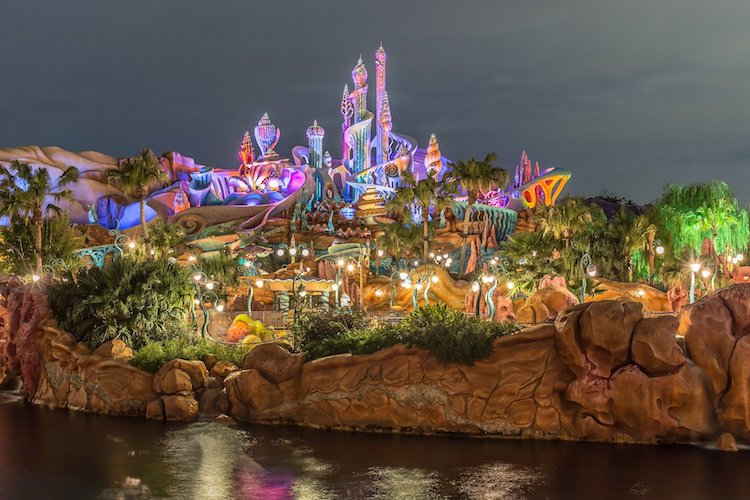
Disney has built its brand on much more than a logo. It promises a kingdom of magic, fantasy, and dreams, and never wastes an opportunity to reinforce this in its messaging. For instance, Disney slogans include ‘the place where dreams come true’, ‘the happiest place on earth’.
As a result, we associate Disney with magic. And although it’s hard to define, we feel it when we see those iconic characters on screen: a nostalgic fairy-tale charm that makes even the most jaded of us feel like children again.
Let’s take a deep dive into Disney’s history to understand how they’ve achieved this.
Disney PR magic
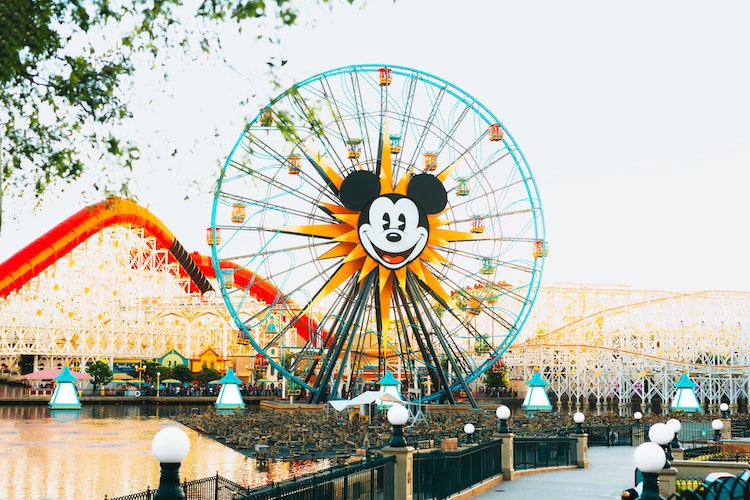
After a string of failed businesses in the early 1920s, founder Walt Disney and his brother Ray discovered that the rights to one of their first animated characters – Oswald the Lucky Rabbit – was owned by the studio who contracted them to create it.
In response, Walt created Disney’s most iconic character, Mickey Mouse, who quickly vaulted into animated superstardom, taking Disney with him.
Like all great characters, Mickey has a life of his own: he’s not tied to one specific movie, place or piece of merchandise. He’s eternal and represents a simple, unchanging, childlike innocence we all find appealing.
This thinking has led many brands to develop anthropomorphic mascots. While it’s easy to get wrong – Microsoft’s ‘Clippy’ character was infamously annoying, for instance – if you get it right like Disney, making a character the face of your company can futureproof your brand.
Storytelling: The cornerstone of good PR
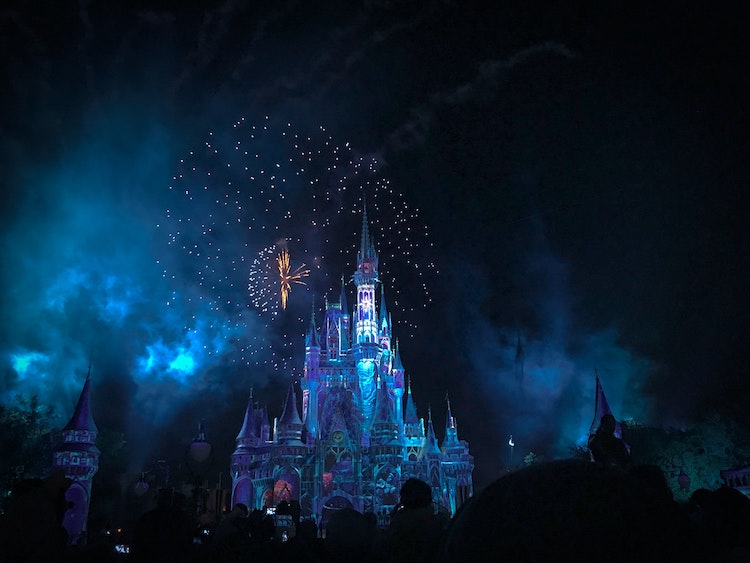
However, there’s a lot more to Disney’s success than iconic characters. They’re masters of storytelling, which is crucial, because as human beings we are neurologically wired to respond to narratives.
Disney’s CEO, Bob Chapek talks about the importance of storytelling in a podcast by best-selling author Don Yaeger: ‘You have to make a connection with people. Often times that connection is done through music. Sometimes it’s done through a character. But it really is always done through a story.’
How Disney Let it Go
Disney ticked all these boxes with the 2013 phenomenon, Frozen.
Adults and children around the globe connected with the heartfelt storyline, memorable characters, and that song.
Why? On the surface, Frozen is one of the most traditional Disney films there is. Inspired by Hans Christian Andersen’s The Snow Queen, you’ve got not one, but two Disney princesses, a funny sidekick, and a handsome prince. It’s a classic House of Mouse blueprint.
However, the story breaks the mould of the traditional princess tale. The story is not about the princess being saved by her prince and living happily ever after: it’s about self-love and sisterly love.
Sisterly love
In case you’ve been hiding under a rock, the film tells the story of sisters, Anna and Elsa, who struggle to maintain a connection with one another due to Elsa’s secret powers (she can shoot icicles from her hands, you know). Believing she’s a danger to society, she isolates herself from everyone, including her beloved sister.
Anna is distraught over Elsa’s apparent rejection, but, as the film progresses, she learns why her sister has been distant. Elsa accidentally casts a spell on her sister, freezing her heart, and the only thing that can reverse it is an act of ‘true love’.
The powerful story resonated with Disney fans and the film received worldwide critical acclaim, to the delight of the Walt Disney public relations team.
The lesson? The most effective brand messaging uses storytelling to form long-lasting positive connotations in audiences’ minds.
Want to know more? Read: The Power of PR Storytelling
Walt Disney World: Public relations success through magical experiences
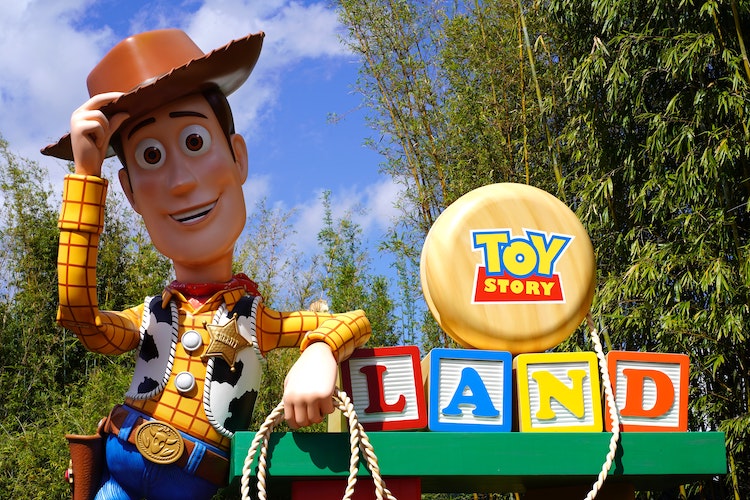
The animated films are one thing, but Disney’s international string of theme parks takes storytelling to the next level. Our favourite Disney stories are no longer just on a TV screen: we can now explore the likes of Tomorrowland and Toy Story Land in real life.
Unsurprisingly, the theme parks have been ludicrously successful. In 2019 alone, Disney’s US-based theme parks drew in over 80 million visitors, making Disneyland one of the world’s biggest tourist attractions.
One of the main drivers behind Disney World’s PR success is its unique character interactions.
Officially known as ‘cast members’, staff costumed as Mickey, Donald Duck, Goofy and other iconic Disney characters have been a staple at Walt Disney World since its inception.
Cast members go to great lengths to preserve the magic of the experience, going so far as to practise the character’s unique autographs. As a result, meeting the characters is one of Disneyland’s biggest draws, as you can see from this heart-warming video compilation.
Essentially bona fide Disney PR stunts, these interactions mean every trip to Disneyland is a unique, personalised and unforgettable experience for thousands of visitors every day.
Want to know why stunts can be public relations gold? Read: What are PR Stunts, anyway?
Disney on Ice
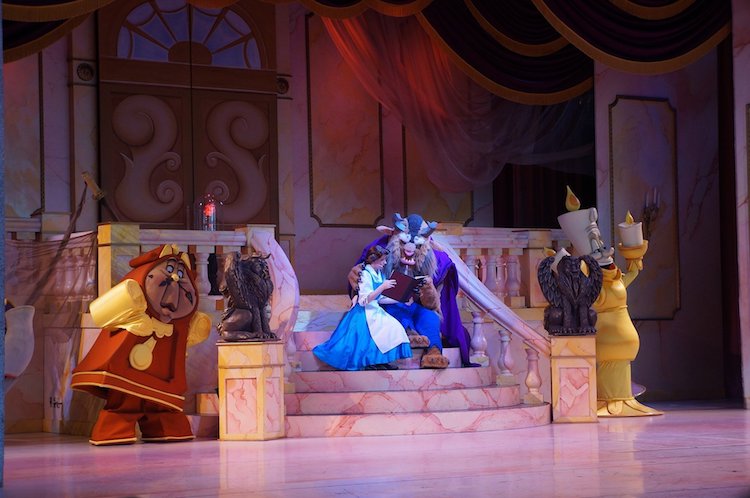
You can apply the same thinking to Disney on Ice. PR isn’t always about spectacle, but when a young, impressionable kid gets to watch a lavish live show of their favourite characters performing amazing acrobatic feats, it’s very effective. Sometimes, more is more.
In short, Disney World PR success is all about leveraging the power of in-person experiences to craft unforgettable memories.
Can you engage your audience on the same level with a tour around your facilities or an emotive PR stunt?
Disney public relations: Getting ahead of the curve
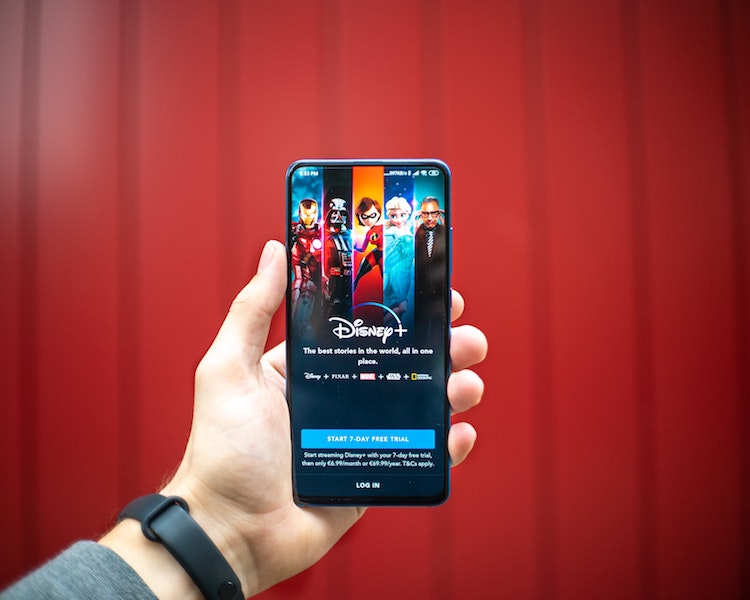
The internet has changed the way we consume media. Industry giants like Netflix have shown that people are eager to give up the cinema experience for the convenience of getting their favourite films on-demand, in one place.
Want to know how they did it? Read: Netflix PR: How the Streaming War Was Won
Naturally, Disney wanted a piece of the on-demand streaming craze, so they launched Disney+ (a subscription video on-demand streaming service), in 2019.
Before it launched, the service had over a million subscribers. A few years later, that figure is well over 100 million.
The numbers are crazy. But you can chalk their success up to their brand heritage, cult following and a massive backlog of magical content.
So, what can we learn from the launch of Disney+?
- Leverage your existing audience to give new products a strong opening
- Play to your strengths: If you have a treasure-trove of past material available, use it
- Exclusivity and FOMO are effective at turning interest into conversions
Shifting to streaming: part of the Disney PR plan

The company’s shift towards streaming came at a breakneck pace. Take the 2021 release of Black Widow, for example. Disney pivoted so hard from a traditional cinema experience to a simultaneous release on Disney+ that lead actress Scarlett Johannsen threatened a lawsuit for lost pay.
While the COVID-19 pandemic played a part in this move, it’s not the whole story. The reason they did it was outlined in an article from Forbes writer Dan Runkevicius. Essentially, the Disney+ income isn’t that important. Instead, the company’s hard push on streaming was a clever PR ploy to introduce the Disney brand to the ‘digital native’ generation.
Remember how Disney’s core strategy was developing engaging plots and characters that captured hearts and minds? This official advert for Disney+ speaks volumes: ‘Endless stories’, indeed. Introducing the digital (millennial) generation to the brand online, means they’re more likely to engage in other, more profitable Disney activities down the line (like visiting Disneyland year after year).
However, you don’t need a flashy streaming platform to win over customers. You can hook your audience with a low-stakes, low-engagement loss-leader, such as a monthly newsletter, or a free giveaway.
The lesson? Once you have someone’s attention, it’s far easier to sell them on other, more rewarding, parts of your brand.
Putting your money where your Mouse is: Disney and corporate social responsibility
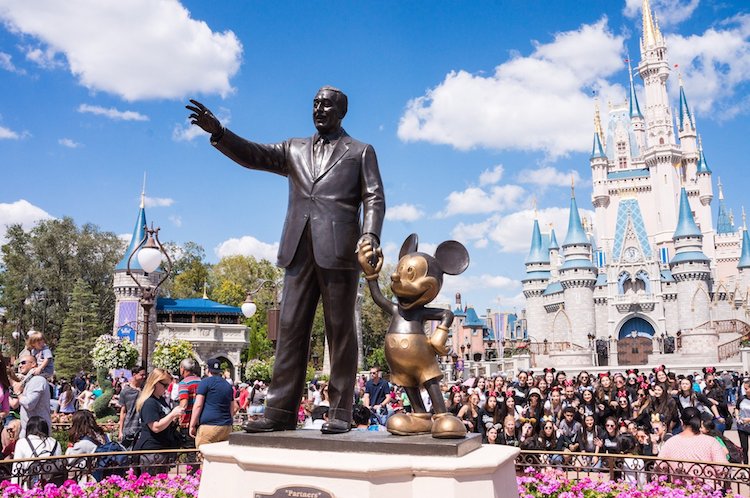
Despite its fairy-tale charm, Disney is still a business. As a result, it’s often hit with allegations of unethical corner-cutting, like underpaying female staff.
To counter this, the company invested heavily in Corporate Social Responsibility (CSR): the practice of using charity to improve your brand image.
During the coronavirus pandemic, for instance, they gave $333.1 million to charitable causes. Disney chairman Bob Iger even gave up his entire three-million-dollar salary.
The power of CSR
This gesture, which was the brainchild of the Disney UK PR team, did wonders for their brand image.
Disney excels at CSR. Every year, they work in partnership with charities such as Great Ormond Street Hospital Children’s Charity, Make-A-Wish®UK, and Together for Short Lives, to create magical memories for seriously ill children.
In 2018, they teamed up with Make-A-Wish to deliver Disney magic to children in hospices across the country, with a series of themed parties consisting of face painting and balloons, plus some special Disney guests including Mr & Mrs Incredible, Tinkerbell and Mickey and Minnie Mouse.
This Disney PR initiative highlighted the company’s child-friendly focus in a way that felt both poignant and authentic.
More generally, CSR initiatives like this enable Disney to back up its claims of being a positive company that spreads happiness.
Disney volunteering programme
Disney’s volunteering programme is another excellent example of their CSR prowess. Rather than simply writing checks for the fashionable cause du jour, the brand encourages fans to volunteer in exchange for tickets to Disneyland.
This is PR genius because:
- The Disney audience is transformed from passive consumers into active brand ambassadors
- Volunteers enjoy positive real-world experiences that are indelibly linked to Disney
- Participants are rewarded with a trip to Disneyland, a factory for producing even more positive impressions of the brand
- It’s low cost. Disney controls the price of Disneyland and Disney World tickets, so they can give out thousands without ‘really’ losing a penny
Examples like these show that CSR can be an effective, and even critical, part of your PR plan that loops people back into your wider marketing ecosystem. And you might even improve the world.
Want a more detailed introduction to CSR? Read: What is Corporate Social Responsibility?
Happily never after? How Disney responds to a crisis
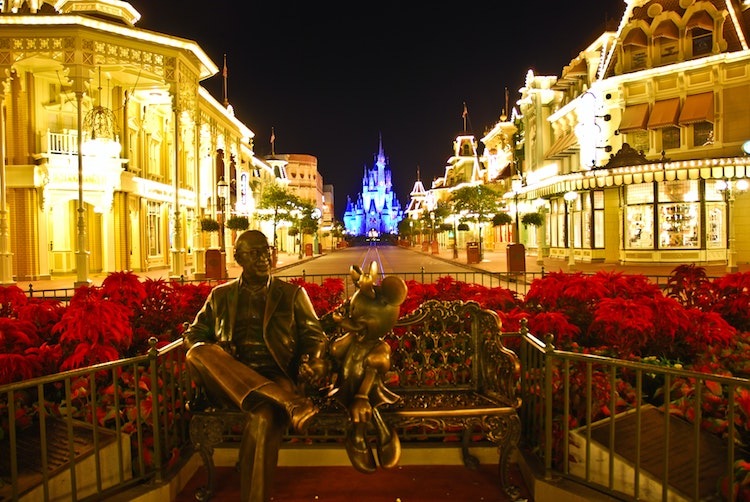
Disney has been around for a hundred years or so. If you think any company can go that long without a public relations snafu, think again. But while many companies blunder their way through a PR crisis, Disney does things right.
Consider the 2016 incident where a small boy was tragically killed by an alligator in Disneyland Orlando.
Hot on the heels of their recent blockbuster Frozen, this was disastrous for Disney. The threat of a lawsuit was in the air. The magic atmosphere of Disneyland was at risk. And to make things even worse, many company bigwigs were halfway across the world, celebrating the long-awaited opening of a new park in Shanghai.
How did Disney react? Rather than organise a big-budget media campaign telling everyone how safe their parks were, the company opted for a low-key, personal response.
Company boss Bob Iger gave his personal condolences to the boy’s family via telephone, the president of Walt Disney World flew back from Shanghai to oversee the response, and the official Disney Parks blog posted a statement of sympathy.
Quick response
On a practical level, hundreds of alligators were removed from park grounds in the years following the incident.
Though Disney was arguably in the wrong — they didn’t have as many warning signs up as they should have — the boy’s family decided not to litigate, and the incident quickly disappeared from public memory.
The lesson? When it comes to a crisis, it’s best to play it by the book. Disney:
- Got ahead of the story by responding to the crisis swiftly
- Gave things a personal touch with Iger’s phone call
- Put out a definitive statement on their website
- Expressed sympathy without accepting blame
Every company should follow the Disney example.






